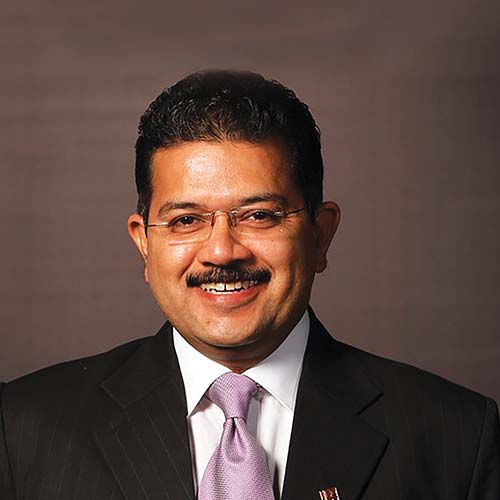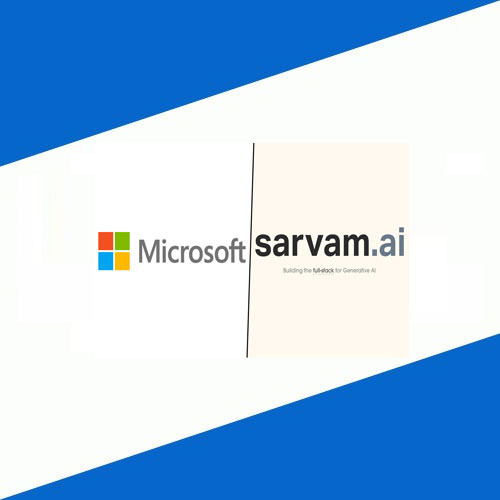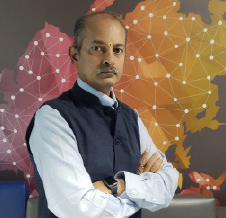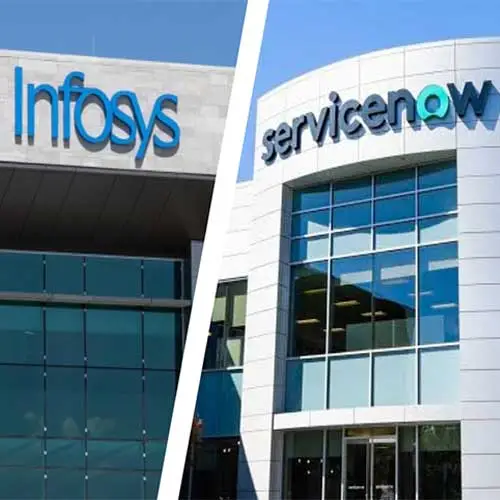The global healthcare scenario presents a contrasting landscape

Munender Soperna, CIO, Dr Lal Path Labs Ltd.
Below are some of the best practices which need to be followed in order to provide the best in class services to end customers & patients
1. Timely & accurate delivery of results
2. Use of emerging technologies to enhance CX
3. Standardization of equipment & Gadgets
4. Presence everywhere - Accessibility of quality healthcare to end customers
5. Healthcare for everyone - Affordability & scalability
Challenges
The healthcare scenario throughout the globe presents a contrasting landscape. At one end there are advanced medical devices, qualified medical professionals, and well-equipped hospitals and clinics, at the other end there is the rising cost of medical-care and ageing population trying desperately to fit in the complexity of the future.
In the midst of all, there are lives whose hopes and struggles totally depend on how efficiently the healthcare companies combat the healthcare challenges and reduce this contrast to deliver better medical care.
But before that, it is crucial that we acknowledge the healthcare industry challenges from multiple aspects. This list of top 10 challenges healthcare service providers face will help us in doing so. The list of healthcare industry challenges today goes like this -
1. Harnessing Advanced Health Technology
2. Information and Integrated Health Services
3. Cybersecurity
4. Rising Healthcare Costs
5. Healthcare Regulatory Changes
6. External Market Disruption
Solutions
1. To harness the potential of healthcare technology to transform the health systems and develop a connected healthcare environment, healthcare leaders and clinicians need to forge closer ties with medical manufacturers and software application development companies. They can share information and develop new business models and scenarios that can improve the adoption of new technology in healthcare.
2. A transition from relational to the non-relational database could help healthcare service providers handle large and unstructured data. As the company grows and the flow of data increases, the database’s architecture can be scaled to make room for the new data. Healthcare companies need to plan all models for all the management layers operational, tactical, and strategic, and partner with reliable integrator having mature service management process to support integrated health systems
3. Some of the measures required to manage cybersecurity are -
a. Limit connected medical equipment access to trusted users
b. Structure proprietary networks and spend on segregating external and internal medical devices on enterprise
networks
c. Follow application development security protocols
d. Build a centralized system to manage information
4. Here are a few things healthcare providers can do
to reduce the healthcare costs for patients -
a. Provide local price variations to patients, either by
healthcare providers or insurers
b. Empower patients to choose high-value plans
according to their wallets
5. A lack of effort in following regulatory compliances by healthcare service providers could lead to entanglement in complex lawsuit and penalty. To effectively combat these healthcare challenges, healthcare providers need to create a platform to raise awareness and share information quickly with all the bodies.
6. The companies like Apple, Samsung, Amazon, Alibaba etc. which are powered by technology, have introduced digital disruption in healthcare and consumerism into the healthcare industry, which rings the alarm bell for existing players to investment Digital Transformation and other emerging technologies like AI, Machine Learning, and IoT.
See What’s Next in Tech With the Fast Forward Newsletter
Tweets From @varindiamag
Nothing to see here - yet
When they Tweet, their Tweets will show up here.






























